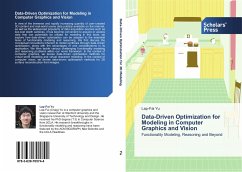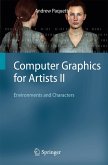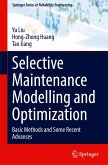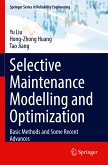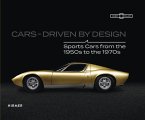In view of the immense and rapidly increasing quantity of user-created 3D content and real-world scene data publicly available on the internet, as well as the widespread popularity of data acquisition devices such as low-cost depth cameras, it has become convenient to acquire or access data that can potentially be utilized for modeling. In this book, we explore how data-driven optimization can be adapted to the essential tasks of functionality modeling and reasoning. We first discuss the conceptual innovations inherent to model synthesis through data-driven optimization, along with the advantages of and considerations in its application. We then tackle various challenging functionality modeling and reasoning problems within our novel framework. In the context of computer graphics, we devise data-driven optimization methods for virtual world modeling and virtual character modeling. In the context of computer vision, we devise data-driven optimization methods for 3D surface reconstruction from images.

